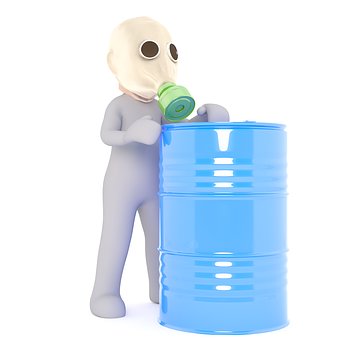
Why Should I Use Skincare Without Octinoxate?
Why Should I Use Skincare Without Octinoxate?
In this 8 part series, we are going to address some of the common toxins used in skincare and cosmetics.
Many beauty and skin care products on the market are full of hidden chemicals. If you want to be healthy and still have good skin, you may be wondering, is it possible?
Yes, just like you can swap out harsh cleaning products and get rid of toxic food, you can change out your skin care.
Under current law, the FDA doesn’t require cosmetics companies to conduct safety assessments on their products. Harmful ingredients can be easily masked under confusing or deceptive titles like “fragrance.” They may even be listed, plain and simple, on the label, but with no messages to inform consumers of their potentially harmful effects.
It’s vital to think about what you’re putting on your skin. Your pores absorb what you put on them—they don’t know any better!
So let’s talk about some toxic chemicals and how to get healthy with our beauty routines!
What are some of the bad toxins?
Octinoxate
Found in foundations, this is an unstable chemical linked with endocrine disruption and thyroid disorders.
Octinoxate shows up in many sunscreens labeled “natural, but it’s not a natural sunscreen! To make it, they mix sulfuric acid with methanol, a petroleum by-product. This mixture is then heated until it’s insoluble in water.
It doesn’t just disappear. Like oxybenzone, octinoxate is toxic to coral reefs. According to a study conducted by Environmental Health Perspectives scientists on coral bleaching, octinoxate “caused complete bleaching [of coral] even at very low concentrations
p-Phenylenediamine
A type of coal tar dye sometimes listed as CL followed by a five-digit number. It’s a respiratory toxicant and can be contaminated with heavy metals.
PPD is easily oxidized, and for this reason derivatives of PPD are used as antiozonants in the production of rubber products. The substituents, naphthyl, isopropyl etc. affect the effectiveness of their antioxidant roles as well as their properties as skin irritants.
PPD was chosen this year because a number of changes have occurred recently in the clinical aspects of dealing with allergy to this antigen. These include the recognition of new patterns of exposure that lead to increased sensitization potential
Can you read the label?
It is tough to find a product that you can understand the ingredients. There are so many things out there!
We recommend Rain Revri. The first of its kind made with Seed oils, plant extracts, and Seed stem cells. It has the highest natural concentration in the world at 98.7%.
Want to see for yourself?
For more information or to order product visit my website
www.SeedSupplements.com
To enroll as a distributor click here
Connect with me on Facebook